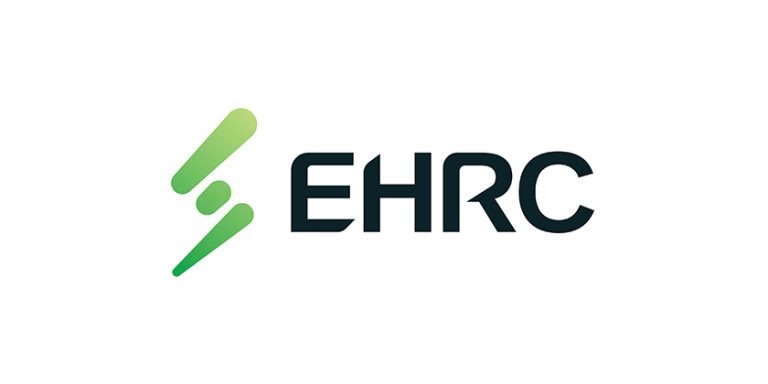OEB Distribution System Capacity Information Map – Phase 2 Implementation

July 23, 2025
This letter sets out the Ontario Energy Board’s (OEB) requirements for electricity distributors to submit standardized data on system capacity to connect new loads. The provision of this information supports the development of a centralized, distribution-level Geographic Information System (GIS)-based Centralized Capacity Information Map (CCIM). This map responds to customers’ interest in a province-wide tool that will make it easier for users and investors to identify where new facilities can connect and support more informed discussions with distributors about connection feasibility.
The CCIM will be launched in December 2025. To support timely implementation and integration:
- Distributors that utilized GIS or equivalent tools for Phase 1 are expected to submit data required for this phase, which focuses on capacity to connect new load, by July 31, 2025.
- Distributors that did not provide their Phase 1 map in GIS format are expected to submit the required data by August 31, 2025.
Distributors are required to provide the information set out in this letter and its appendix further to the licence condition that speaks to the provision of information in the form and manner required by the OEB. The required information is to be provided to Planview Utilities Services Limited (Planview), the OEB’s selected vendor for the purpose of implementing the CCIM.
Background and Context
In October 2024, the OEB formalized its intent to divide the capacity information map project into two stages. Phase 1 called upon distributors to publish feeder-level and station-level capacity maps using their existing systems such as GIS platforms or manual mapping tools by March 3, 2025. Phase 2 calls for implementation of a provincial CCIM, providing customers across Ontario with easy access to more consistent and detailed system capacity information across all distributors’ service areas.
This work aligns with the Minister of Energy and Mines’ June, 11, 2025, Integrated Energy Plan (IEP) Directive which, among other things, directs the OEB to “enhance data sharing practices between the Independent Electricity System Operator (IESO), electricity distributors, and distributed energy resource (DER) providers in a phased approach,” including through continuing to:
“…advance the OEB’s ongoing work on distribution system capacity mapping to include the development of a consolidated provincial mapping platform across electricity distributors that, by December 31, 2025, describes both available capacity to accommodate new customer loads as well as hosting capacity to integrate new generating facilities.”
As the directive indicates, the OEB’s current work on the CCIM is a continuation of a project initiated through earlier letters of direction to the OEB from the Minister, which requires that the OEB publish and maintain a distribution sector capacity map so that those seeking to connect to the electrical grid have information about where the closest points of connection may be located.
Given development timelines and the sequencing of direction from the Minister of Energy and Mines, the OEB has focused its Phase 2 work to date on capacity information relevant to the connection of new loads. The OEB will promptly turn to requirements regarding hosting capacity to integrate new generation facilities, with the goal of having information on both aspects available by December 31, 2025.
Development of the Centralized Capacity Information Map
Phase 2 represents an opportunity to learn from and build upon the experiences of Phase 1.
Distributors’ maps developed in Phase 1 varied significantly in format. Some distributors presented capacity information using geographic polygons, while others provided more granular details. Some maps provided details on distribution capacity at 8 kilovolts (kV) and above, while others reported capacity at voltages below this level. Maps often used a variety of different metrics, units, and legends. While many distributors developed dynamic maps, several opted to provide static maps.
Phase 2 intends to address these challenges by leveraging a centralized solution that delivers a consistent and scalable province-wide map. At the same time, the OEB recognizes that the use of a centralized system requires consideration and, where warranted, accommodation of different distributor approaches, skills, resources, experience, priorities and workflows.
Principles and Objectives
To guide its work on capacity mapping via a centralized tool, the OEB developed a set of principles and objectives for Phase 2. They include:
- Consistency: Deliver a consistent look, feel and user experience across service areas, especially for those working with multiple distributors across the province.
- Consistency: Deliver a consistent look, feel and user experience across service areas, especially for those working with multiple distributors across the province.
- Specificity vs. Effort: Provide greater specificity in capacity information relative to Phase 1, being mindful of value delivered relative to level of effort required.
- Balancing System Diversity: Reduce risks of inconsistency across service areas, while accepting that it is not possible to eliminate the planning differences across systems and distributors.
- Update Frequency: Set an update frequency that balances distributor effort with providing actionable information to users.
- Aiding Connection Process: Approach and make design choices which consider that capacity mapping is not a substitute for the connection assessment process.
View the full letter from OEB HERE








